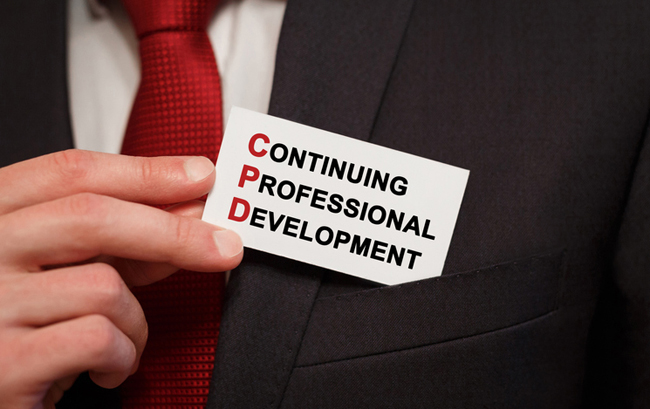
By Larry Mogelonsky, MBA, P. Eng. (www.hotelmogel.com)
While new legislation is emerging from all corners of the world to better safeguard workers, and more specifically housekeepers, from harm and thereby generate new applicants for these roles. Two prominent examples are the widespread mandate for employee safety devices, often called the panic button, as well as the new musculoskeletal injury prevention regulations in California.
I see these trends as part of a bigger issue, though. Namely, we aren’t doing enough to make this particular line of work rewarding over a long stretch of time. Housekeeping can be grueling, monotonous and often demoralizing after years of cleaning the same rooms shift after shift. Without widespread changes, this department will continue to suffer from high turnover rates, unnecessary onboarding costs and the establishment of new government enforcements, like those previously mentioned, which attempt to address the fundamental problems from another angle.
If we are to truly mitigate our staffing issues then housekeepers must now be given the chance to benefit from continuing professional development (CPD) programs that are encouraged in other departments. It’s a simple matter of making sure that they know we value their contributions and that there is a structured approach to upward mobility within the organization.
For this, I would stress that, in addition to its direct advantages for CPD purposes, training is also a valuable motivation tool to keep current teams largely intact. If it is deployed as a means to both strengthen current teams and to encourage others to join the labor pool, then there is a tremendous potential for long-term cost savings.
Training itself can be quite the undertaking in terms of managers’ and supervisors’ time as well as any fixed costs for setting up these initiatives, all of which is extremely difficult to justify in the first place because there often isn’t a lot of directly quantifiable ROI for CPD programs that function below the executive level. Luckily, modern technology and automation are here to help rein in training costs.
Online curriculums that offer a full compendium of training videos, like Lobster Ink (www.lobsterink.com), are a great start to help offload most of the initial resources involved in new worker onboarding – costs that can be especially frustrating for hoteliers when associates leave while still in this budding phase of their employment.
Mobile apps also now exist so that trainees can learn in bite-sized chunks for better absorption of information. Such ‘microtraining’ apps that deliver contextual instructions based upon where and when a hotel employee is are now available, such as SingleStep (www.singlestep.com) that is also widely integrated with numerous other tech vendors to the industry.
As of yet, though, most of these one-to-many programs fail to integrate proper feedback loops and a useful degree of interactivity that in-person training provides. To ameliorate this grave concern, there are more hands-on solutions like Novility (www.novility.com), a Netherlands-based company focused on hospitality training and ergonomics, which uses motion-tracking technology to offer room attendants on-the-spot feedback to thereby give hotels end-to-end accountability without the need for direct supervisor involvement.
If you’re wondering what training solution is right for your specific hotel, then reach out to me directly and we’ll chat. Rest assured that this is no small undertaking! Instituting a proper CPD program that motivates frontline workers, reduces turnover and saves costs in the long run requires an engaged project leader and compliance from all managers and supervisors involved.
Ultimately, by deploying some form of CPD at your property, we can work to change the perception of housekeeping so that it is no longer a line of work that only draws in candidates who desperately need employment. It should be one where people ‘want’ to commit long-term and ongoing training is a great first step towards this goal.
This article may not be reproduced without the expressed permission of the author.
Editor’s note: To discuss business challenges or speaking engagements please contact Larry directly.


